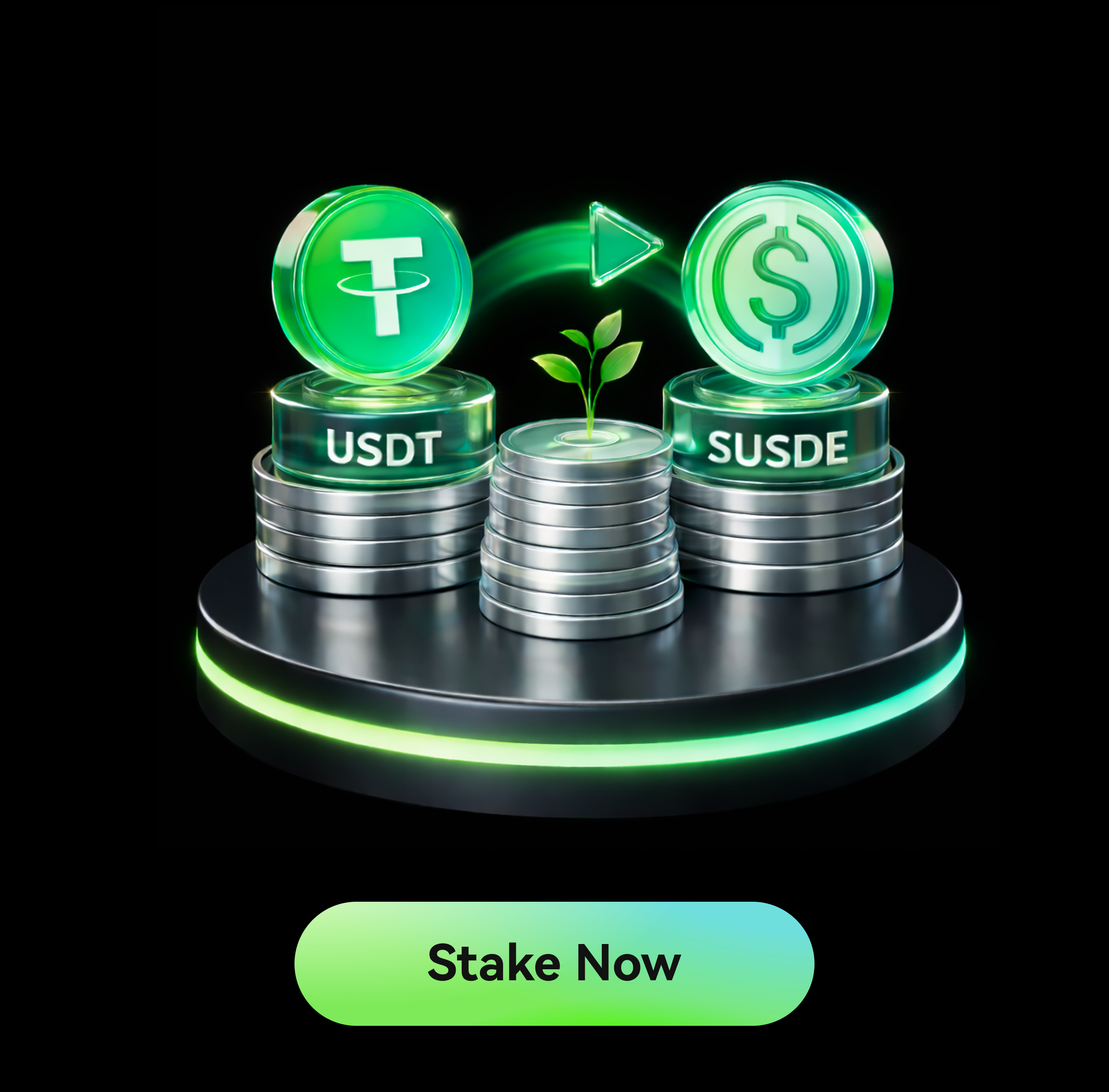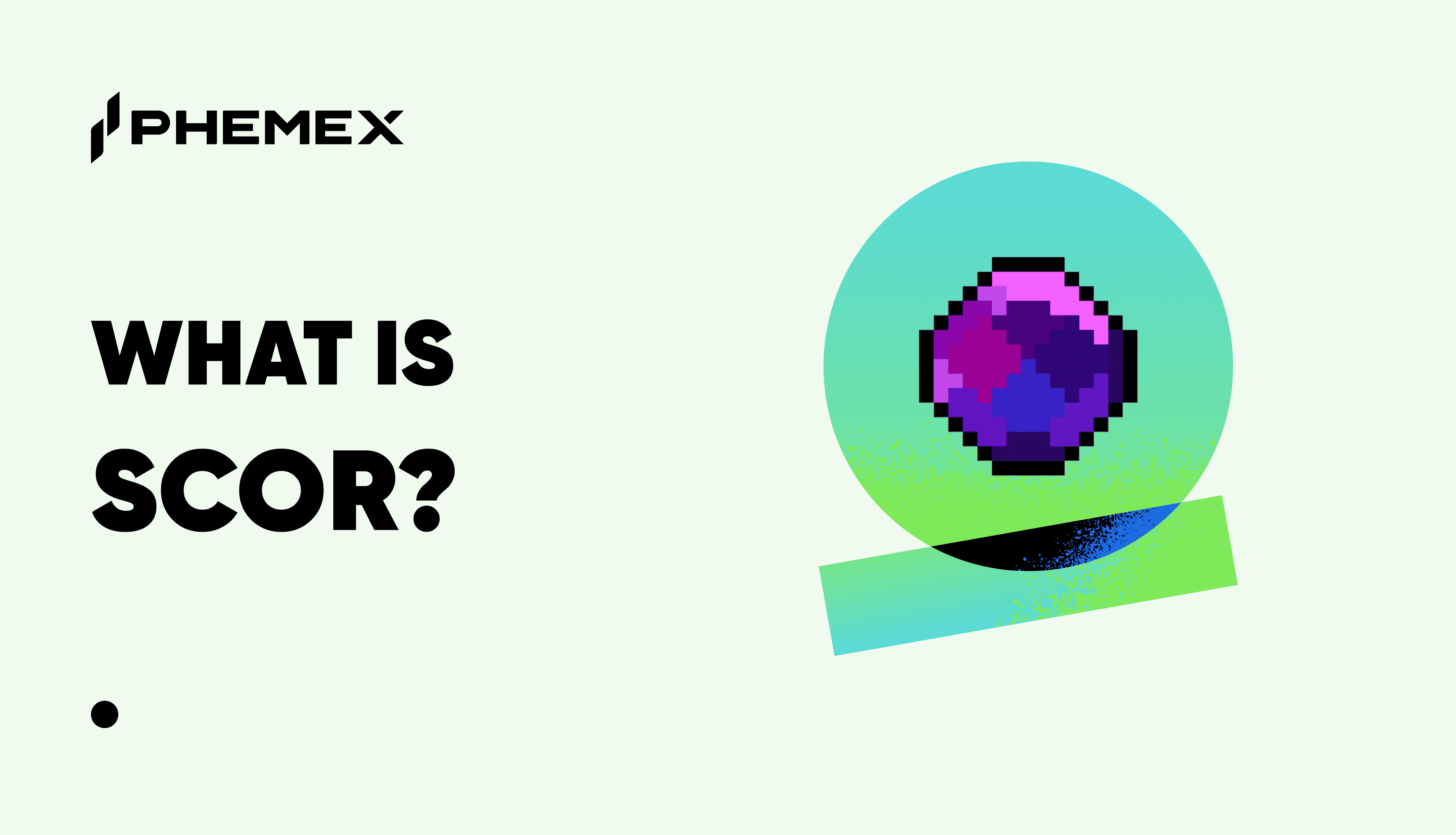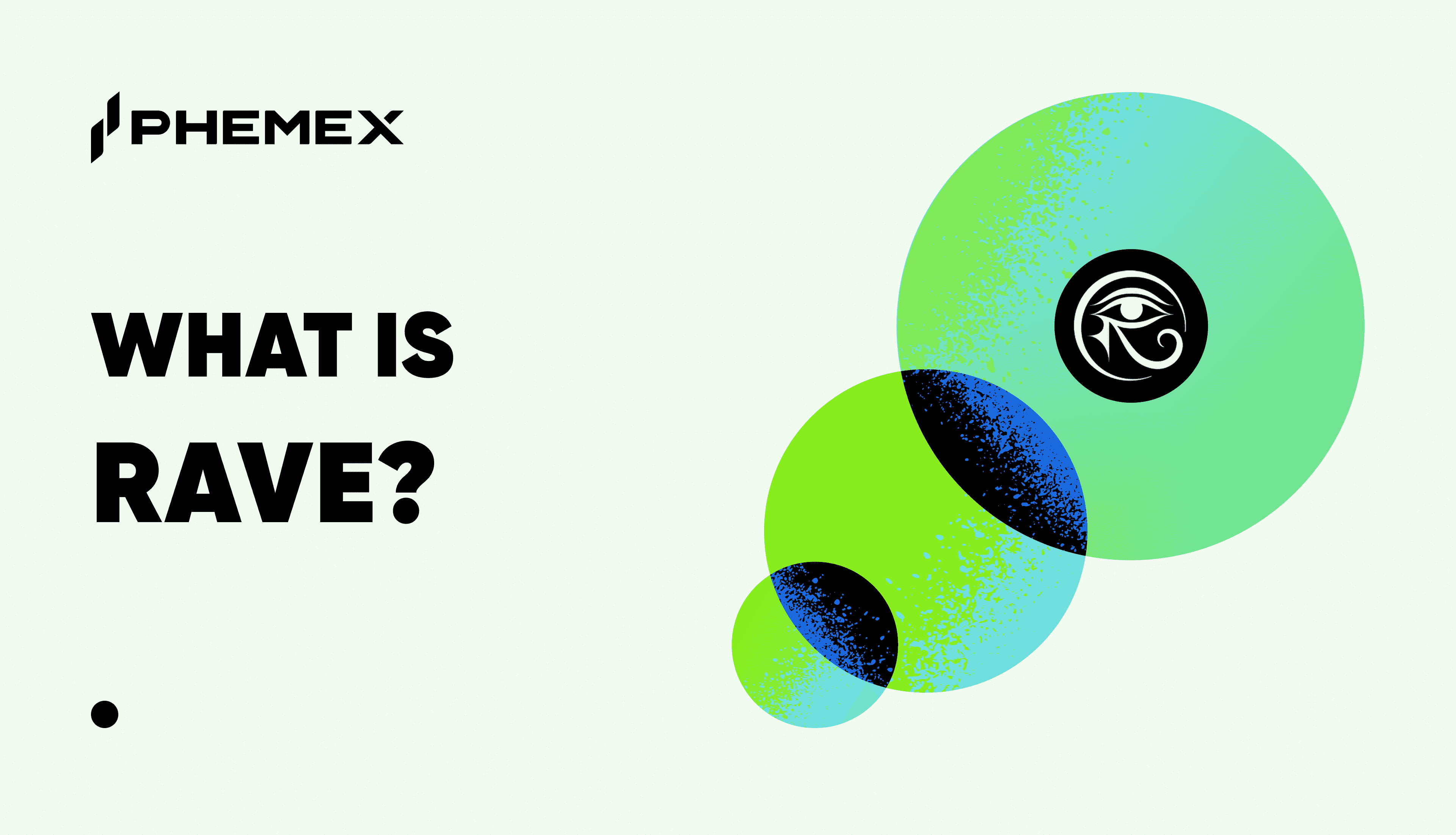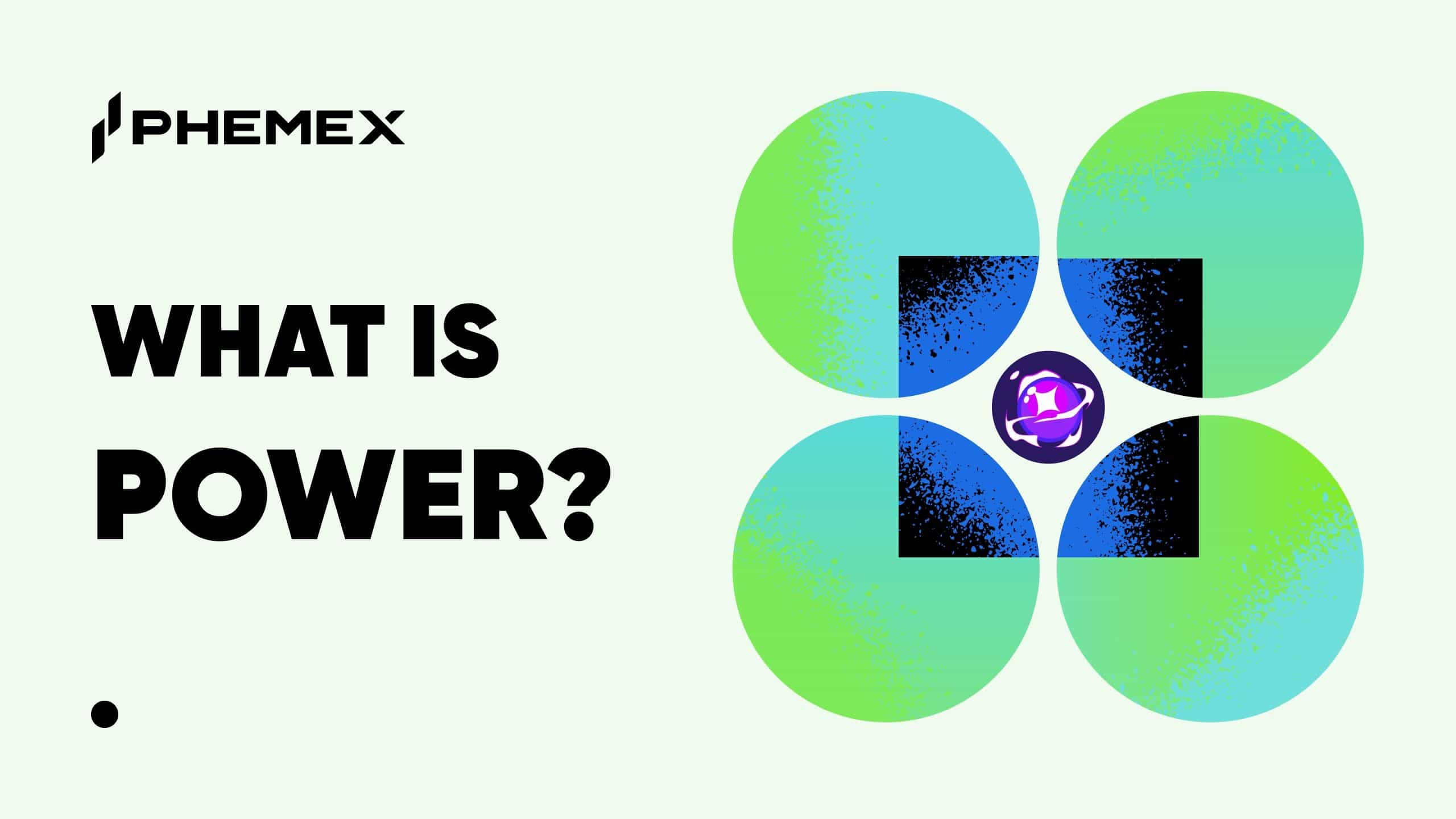Blockchain networks often struggle with privacy and scalability, making them unsuitable for institutional use, particularly for real-world assets (RWA—physical or financial assets like real estate or bonds tokenized on a blockchain) and traditional finance (TradFi—conventional financial systems like banks). Canton Network (CC) addresses these issues with a layer 1 blockchain that provides customizable privacy and the ability to handle large transaction volumes without bottlenecks. Launched in June 2024, it supports high-value transactions for financial institutions through its permissioned subnets. The CC token drives this ecosystem, rewarding participants and enabling payments. This guide explains what Canton Network is, how CC works, why it matters in 2025, and how to buy CC on Phemex.

Quick Facts About Canton Network (CC)
What Is CC? Canton Network Explained
Canton Network is a layer 1 blockchain that processes transactions directly, similar to Ethereum, built for institutional use, combining the interoperability of public blockchains with the privacy controls needed for regulated finance. Unlike Ethereum, where all data is visible to everyone, Canton Network uses a two-tier consensus mechanism, where transactions are validated across multiple independent network segments called subnets for scalability, to allow unlimited scaling and the Daml smart contract language, a programming language for creating secure, private contracts, for customizable privacy. The Global Synchronizer, operated by Super Validators, trusted entities running the network’s core infrastructure, acts as the decentralized backbone, ensuring seamless transactions across subnets.
The CC token is the native utility token of the Global Synchronizer, launched in June 2024 with no pre-mine, meaning no tokens were created before launch, or pre-sale, meaning no early token sales. It rewards ecosystem participants—super validators, validators who run nodes to validate transactions, and application providers who develop apps on the network—while serving as a payment mechanism for network and application fees.
Key Characteristics of Canton Network
- Privacy-First Design: The Canton Network uses the Daml smart contract language to ensure data privacy, allowing only authorized parties to view sensitive transaction details. This is crucial for institutions like banks handling confidential financial data, as it prevents public exposure of private contracts, unlike fully transparent blockchains like Ethereum.
- Scalable Architecture: Its two-tier consensus mechanism lets multiple independent network segments called subnets process transactions separately, avoiding bottlenecks. This means the network can handle growing transaction volumes without slowing down, making it ideal for high-demand institutional use.
- Global Synchronizer: This decentralized system, run by Super Validators, trusted organizations maintaining the network, ensures seamless transactions across subnets. It acts like a central hub that coordinates different parts of the network, enabling smooth and secure cross-subnet operations.
- Interoperable Subnets: Canton Network allows different subnets to work together in a single transaction while maintaining privacy and independence. This interoperability ensures institutions can collaborate across various applications, like trading or settlements, without needing complex secondary systems.
- Institutional Focus: Designed for traditional finance and real-world asset tokenization, it supports applications like Hashnote USYC, a tokenized financial instrument, and Brale, a private payment platform. This focus makes it a go-to solution for banks and financial firms needing secure, regulated blockchain solutions.
What Does CC Do?
CC is the core utility token for Canton Network, enabling:
- Fee Payments: Users pay traffic fees, costs for using the network’s infrastructure, in CC for Global Synchronizer usage, with all fees burned, permanently removed from circulation, to regulate supply.
- Network Incentives: Super Validators, Validators, and Application Providers earn CC by providing utility, such as running infrastructure or deploying apps.
- Application Payments: Providers can charge fees in CC, as seen with the Canton Name Service, a service for looking up validator names on the network.
- Transparency: CC transactions are publicly visible, showing network and application usage to reflect ecosystem value.
The Burn-Mint Equilibrium (BME) mechanism balances token issuance by minting new tokens and burning, aiming to mint and burn approximately 2.5 billion CC annually to keep the token’s value tied to actual network activity.
CC Tokenomics
CC has a circulating supply of 34.9 billion, with an unlimited max supply. The Burn-Mint Equilibrium targets approximately 2.5 billion CC minted and burned annually. Tokens are minted every 10 minutes based on network activity, with rewards distributed as follows:
| Category | % (Years 0–0.5) | Purpose | Vesting |
|---|---|---|---|
| Super Validators | 80% | Run Global Synchronizer | Immediate |
| Validators | 5% | Run nodes, validate transactions | Immediate |
| Application Providers | 15% | Deploy apps, tokenize assets | Immediate |
- Reward Evolution: By year 5, application providers receive 62%, super validators 20%, and validators 18%, encouraging app development.
- Burning: All fees are burned, reducing circulating supply to align with utility.
- Minting Example: In the first six months, an application provider generating $6 in activity can mint up to $570 in CC per 10-minute round if unopposed.
CC vs. ETH
Canton Network competes with blockchains like Ethereum, focusing on institutional privacy and scalability.
| Feature | Canton Network (CC) | Ethereum (ETH) |
|---|---|---|
| Core Focus | RWA tokenization, TradFi | General-purpose blockchain |
| Privacy | Configurable via Daml | Fully transparent |
| Scalability | Unlimited via two-tier consensus | Limited by layer 1, layer 2 solutions |
| Governance | Global Synchronizer Foundation | Decentralized validators |
| Best For | Institutional privacy, RWAs | DeFi, NFTs |
Technology Behind CC
- Daml Language: An open-source smart contract language with built-in privacy controls, ensuring only authorized parties see transaction data.
- Two-Tier Consensus: Allows independent network segments called subnets to process transactions independently while maintaining network-wide consistency, avoiding bottlenecks like those on Ethereum.
- Global Synchronizer: Launched in June 2024, this decentralized infrastructure ensures cross-subnet transactions are atomic, meaning they are completed fully or not at all.
- Cross-Subnet Transactions: Enables seamless workflows across different subnets without complex layer 2 solutions, which are secondary networks used to scale primary blockchains.
CC Team and Origins
Developed by Digital Asset, a team of former Facebook and Amazon engineers, Canton Network is governed by the Global Synchronizer Foundation under the Linux Foundation for neutral oversight. Launched in June 2024 after a June 2023 TestNet, it focuses on real-world asset tokenization and traditional finance integration, processing high-value institutional transactions.
CC News and Milestones
- June 2023: Global Synchronizer TestNet launched.
- June 2024: MainNet launch with Super Validators.
- March 2025: Canton Coin highlighted for its fair launch and utility focus.
- November 10, 2025: CC/USDT listed on Phemex Spot at 07:10 UTC.
What Will Affect CC’s Price 2025–2030?
Factors That May Increase CC’s Price
- Institutional Adoption: High-value transactions from banks and institutions boost CC’s utility. More traditional finance players adopting Canton could increase demand for CC as a fee and reward token.
- Reward Structure: Shifting rewards to application providers (62% by year 5) encourages app development, driving network activity and CC value. More apps mean more fees and burns, reducing supply.
- Privacy Advantage: Daml’s configurable privacy attracts regulated industries like finance, enhancing CC’s appeal. This makes Canton a preferred choice for sensitive financial transactions.
- Network Growth: Expanding subnets and applications grows the ecosystem, increasing fee burns and token scarcity. A larger network attracts more users, boosting demand for CC.
Factors That May Decrease CC’s Price
- Unlimited Supply: Excessive minting could outpace burning, diluting CC’s value if adoption slows. This risk is higher if network growth doesn’t match token issuance, leading to oversupply.
- Market Volatility: DeFi tokens often face 30–50% corrections in bear markets, impacting CC. External market conditions, like a crypto downturn, could pressure CC’s price downward.
- Regulatory Risks: Real-world asset compliance challenges could delay adoption, limiting network growth. Strict regulations in key markets might hinder traditional finance integration, affecting CC’s utility.
- Competition: Ethereum’s layer 2 solutions or Corda’s private networks may capture institutional market share. If Canton loses its edge, CC’s utility and price could suffer, as users opt for competing platforms.
Is CC a Good Investment?
Canton Coin (CC) is tied to a blockchain designed for institutional use, but its value depends on various factors. Here’s a breakdown of what could influence CC’s role in the market to help you evaluate its potential.
Reasons to Consider Investing in CC
- Institutional Adoption Potential: Canton Network is backed by major financial institutions like Goldman Sachs, BNP Paribas, and DRW, with $135 million raised in June 2025. This support could drive increased use of CC for fee payments and rewards as more institutions adopt the network for tokenized assets and settlements.
- Utility-Driven Token Model: The Burn-Mint Equilibrium ties CC’s value to network activity, with fees burned to reduce supply and rewards minted for contributions. High transaction volumes, such as Broadridge’s $4 trillion monthly repo platform, may increase fee burns, potentially supporting token scarcity.
- Privacy and Scalability Features: Canton’s Daml language and two-tier consensus offer unique privacy and scalability for traditional finance, distinguishing it from Ethereum and Corda. These features could attract more regulated industries, increasing CC’s utility.
- Expanding Ecosystem: With over $6 trillion in tokenized assets and applications like Hashnote USYC and Brale, Canton’s ecosystem is growing. A larger network with more applications could drive demand for CC as a fee and reward token.
Key Considerations for CC Investment
- Supply Dynamics: CC’s unlimited max supply allows new tokens to be minted without a cap, which could affect value if minting outpaces burning. The Burn-Mint Equilibrium aims to balance this, but slower adoption could lead to an oversupply.
- Market Fluctuations: Cryptocurrencies, including CC, are influenced by market trends and investor sentiment. Broader crypto market downturns could affect CC’s value, even if the network’s fundamentals remain strong.
- Regulatory Considerations: Real-world asset tokenization operates in a complex regulatory environment, particularly in finance-heavy markets. Evolving or restrictive regulations could slow Canton’s adoption, potentially affecting CC’s demand.
- Competitive Landscape: Ethereum’s layer 2 solutions and Corda’s private networks also target institutional adoption. If these platforms gain more traction, they could limit Canton’s market share, impacting CC’s utility and value.
Investors should research thoroughly and follow Canton’s updates on X and canton.network to evaluate its long-term potential.
How to Buy CC on Phemex
- Sign Up: Create and verify a Phemex account with email and KYC identity verification.
- Deposit Funds: Add USDT via card, bank transfer, or crypto deposit.
- Buy CC: Go to Spot > CC/USDT, enter the amount, and confirm.
CC FAQ
- What is CC? CC is the utility token for Canton Network’s Global Synchronizer, enabling fee payments and rewarding ecosystem participants.
- How does Canton Network work? It’s a layer 1 blockchain with customizable privacy and scalability, using Daml and two-tier consensus for real-world asset and traditional finance adoption.
- What does CC do? CC facilitates fee payments, rewards validators and app providers, and shows network usage through public transactions.
- How to use CC? Pay fees, earn rewards by running nodes or apps, or use CC for services like Canton Name Service.
- What is CC’s supply? 34.9 billion circulating, with unlimited max supply and approximately 2.5 billion minted/burned annually.
- What is CC tokenomics 2025? 80% to super validators, 15% to app providers, 5% to validators in year 1, shifting to 62% for apps by year 5.
Summary
Canton Network (CC) is a layer 1 blockchain built for institutional real-world asset tokenization and traditional finance, offering customizable privacy through Daml and unlimited scalability via a two-tier consensus. The CC token powers the Global Synchronizer, rewarding participants and enabling fee payments with a Burn-Mint Equilibrium to align value with utility. With a focus on institutional adoption, Canton Network leads in blockchain solutions for regulated finance. Trade CC/USDT on Phemex and explore its potential in 2025.








